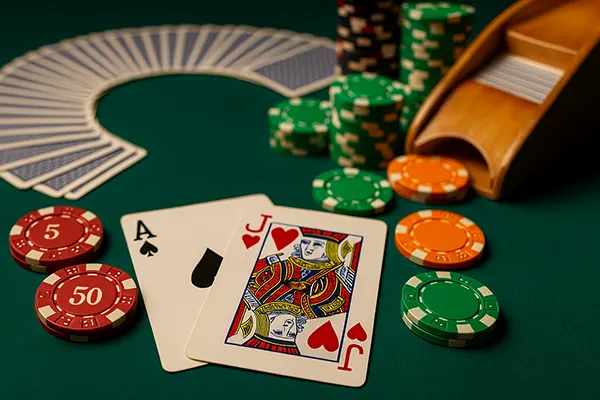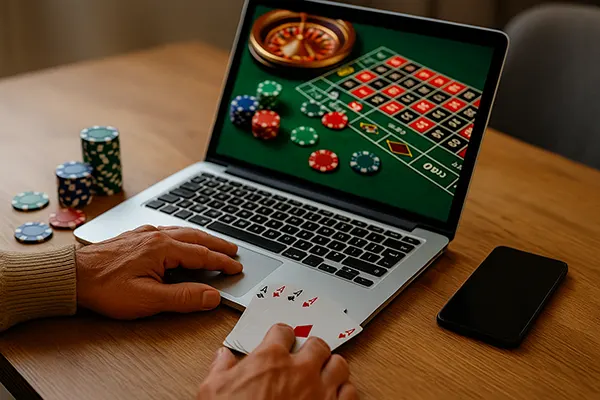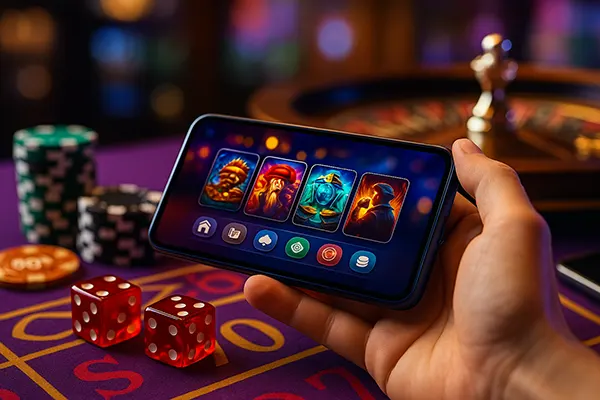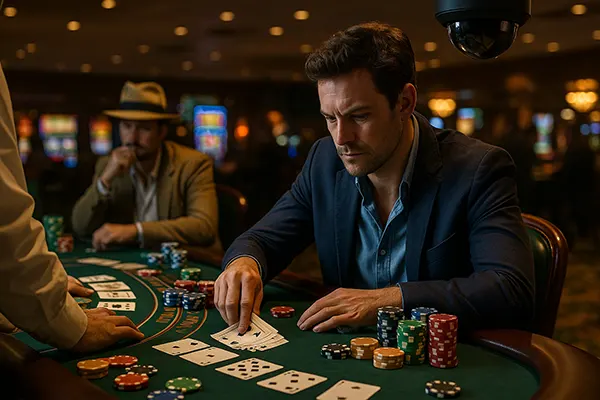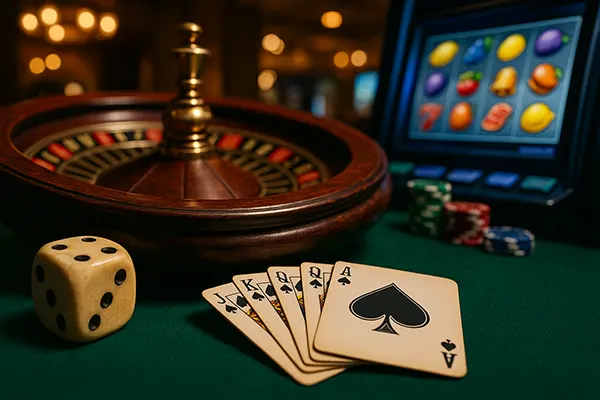
Games of Chance with a Legacy: How Classic Gambling Shapes Modern Development
The roots of gambling stretch back thousands of years, influencing the way we experience digital entertainment today. Dice carved from bone, card decks painted by hand, and roulette wheels spinning in candlelit halls — all of these historical artefacts have inspired the modern gaming industry. Developers continue to draw from these traditions, blending the excitement of chance with cutting-edge technology to create experiences that connect past and present.
The Evolution from Traditional Games to Digital Innovation
Classic gambling games such as blackjack, poker, and roulette have evolved dramatically from their origins. In the 17th and 18th centuries, these games were played in private clubs and royal courts, where strategy and chance merged. The transition to digital versions brought a new level of accessibility, allowing millions to enjoy these games from their homes without losing the essence of their original design.
Developers carefully preserve the traditional elements — the shuffle of cards, the sound of a spinning wheel, and the thrill of uncertainty — while integrating features that enhance immersion. High-definition graphics, live dealers, and virtual reality options recreate the atmosphere of historic gambling houses with remarkable precision. This marriage of nostalgia and technology keeps the heritage of classic gaming alive in the 21st century.
What makes this evolution particularly interesting is how faithfully modern versions reflect the mechanics and psychology of the originals. Even in online formats, players recognise the same principles of probability, skill, and luck that defined gambling centuries ago. It shows that while tools change, the human fascination with risk remains constant.
Preserving Authenticity in a Digital Age
Authenticity is a cornerstone for developers seeking to honour the roots of gambling. Instead of discarding the old systems, studios study historical records, rulebooks, and even physical game artefacts to capture the true spirit of each experience. This research-based approach ensures that players encounter not just a simulation but a digital recreation of tradition.
Many game designers now collaborate with historians and professional players to verify accuracy. For instance, the design of modern roulette tables often mirrors those crafted in 19th-century France, maintaining the mathematical integrity of the wheel layout. Similarly, card game interfaces retain familiar features such as table felt textures and authentic deck symbols to evoke trust and familiarity.
This dedication to preserving authenticity demonstrates a respect for gambling’s long-standing culture. It also builds credibility with audiences who value realism and tradition as much as entertainment. Developers who prioritise this historical integrity often find their creations stand out in a crowded market.
The Role of Classic Design in Modern Creativity
Classic game design principles continue to influence new creations beyond direct adaptations. Developers analyse how early gambling games maintained player engagement through clear rules, reward cycles, and psychological triggers. These foundational mechanics form the blueprint for many modern titles that incorporate randomness and skill in equal measure.
For example, the concept of “near-miss” outcomes, first recognised in early slot machines, remains a powerful tool in contemporary game development. The tension of almost winning encourages repeated play, mirroring the suspense of a dice roll or card draw. By studying such mechanisms, designers refine engagement strategies that keep users invested without distorting fairness.
Moreover, visual and thematic motifs from classic gambling — such as vintage symbols, gold accents, and Art Deco aesthetics — are often reinterpreted to appeal to today’s players. These stylistic choices evoke an emotional link to the golden era of gambling, giving games a sense of depth and cultural continuity.
Innovation Built on Tradition
Even the most advanced technologies in the industry have roots in traditional play. Virtual reality environments, for instance, aim to replicate the social and spatial experience of physical casinos, where ambience plays a vital role in user enjoyment. Artificial intelligence, too, draws inspiration from the psychological dynamics of table games, learning to anticipate player behaviour in ways reminiscent of human opponents.
Game mechanics are evolving, but the philosophical core remains unchanged: every design aims to balance chance and control. This principle, refined through centuries of play, guides modern creators as they experiment with interactive storytelling, random number generation, and real-time analytics. The fusion of timeless concepts with digital tools leads to experiences that are both innovative and deeply rooted in history.
Ultimately, technology serves as a bridge rather than a replacement. Developers continue to pay homage to the cultural legacy of gambling by ensuring that new formats retain the elegance and tension that have defined these games for generations.
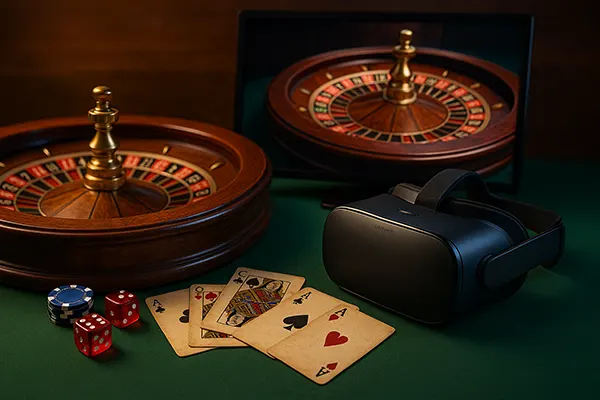
The Future of Classic Inspiration in Game Development
As artificial intelligence, augmented reality, and blockchain systems shape the next generation of entertainment, traditional gambling’s influence remains stronger than ever. Future developers look back at history not only for aesthetics but also for ethical and structural lessons about fairness, risk, and reward. Classic game principles help define transparent systems that maintain player trust in an increasingly digital landscape.
Beyond mechanics, the storytelling aspect of gambling’s past continues to inspire narrative-driven projects. The romantic imagery of Monte Carlo or Las Vegas in the 1950s informs the tone and visual language of modern titles. These historical references offer emotional context, reminding players of the enduring human fascination with risk-taking and fortune.
At the same time, responsible gaming has become a critical part of innovation. Lessons learned from centuries of gambling culture — moderation, awareness, and balance — now shape industry standards for ethical design. By connecting tradition with accountability, developers ensure that classic inspiration leads not only to entertainment but also to sustainability.
Respecting Heritage While Embracing Change
Preserving history does not mean resisting progress. Instead, it allows developers to approach new technologies with a deeper understanding of their origins. By respecting the legacy of past innovators, today’s creators can build products that honour craftsmanship and cultural value while meeting modern expectations.
Collaboration between historians, mathematicians, and software engineers ensures that future innovations remain grounded in authenticity. The lessons from classic games — clear rules, fairness, and excitement — continue to influence digital design principles, ensuring that players experience both trust and thrill.
The intersection of past and future in gambling reflects a universal truth: true innovation often begins with appreciation for tradition. The classics are not relics of history but living sources of creativity that continue to shape the evolution of entertainment in 2025 and beyond.

